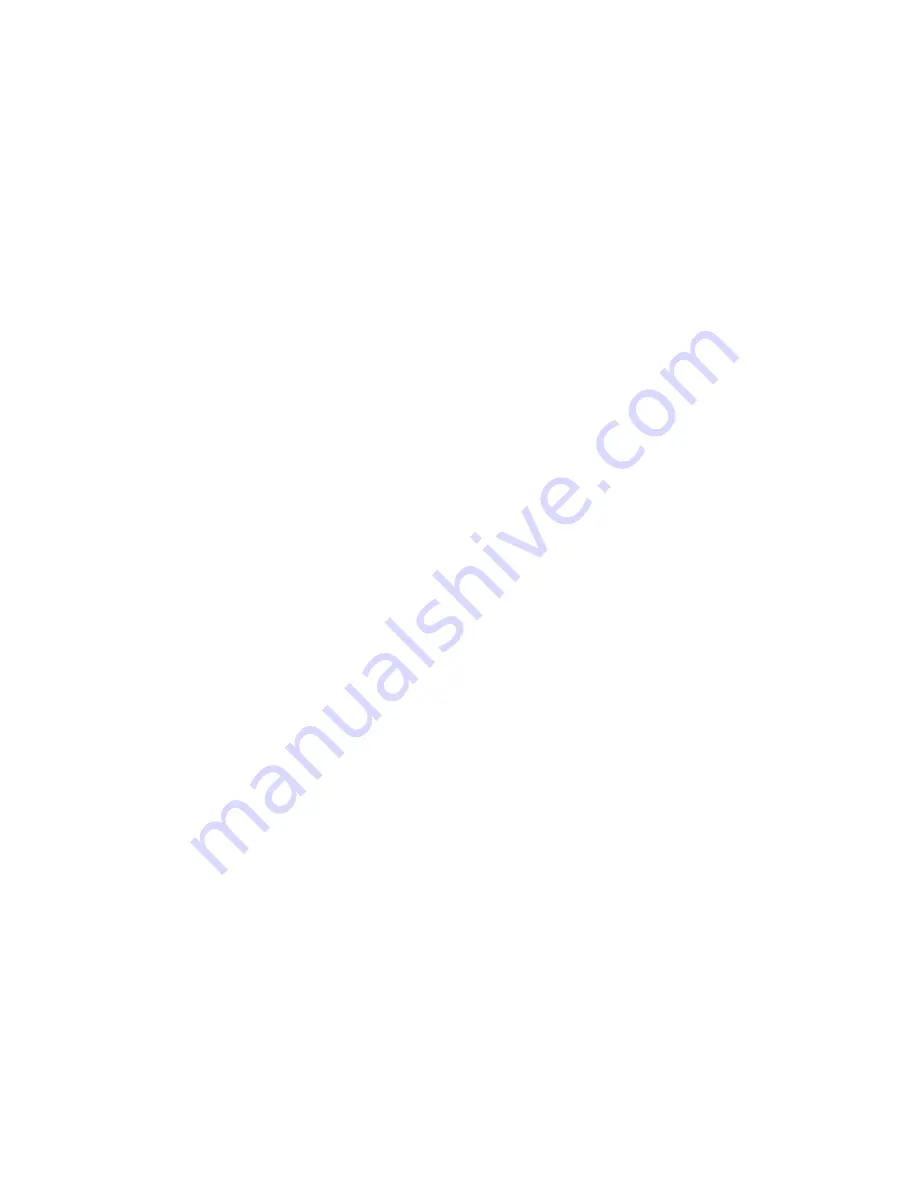
WiseScript Package Editor Reference
125
Creating Custom Dialog Boxes
The sample scripts that use custom dialog boxes all use dialog box controls. For details
on sample scripts, see ScriptHelp.htm in the Samples subdirectory of this product’s
installation directory.
Adding and Editing Dialog Box Controls
1. Open the dialog box in the Custom Dialog Editor.
See
Editing Dialog Boxes
on page 121.
2. Select the control by doing one of the following:
Click the control in the Control Palette.
Right-click, select Add, and select a command.
Use the Add menu on the main menu bar.
The settings dialog box for the control appears.
3. Complete the dialog box.
For information about the settings dialog box for each control, see
About Dialog Box
Controls
on page 122.
4. Click OK to add the new control to the dialog box.
You can resize and move the control using its handles. To select multiple controls, use
Shift+click. To resize and move controls with more precision, double-click the control to
open its settings dialog box.
Adding Check Box Controls
Like radio buttons, a group of check boxes is considered a single control. However,
unlike radio buttons, the end user can select multiple check boxes. Alignment and
spacing between the individual check boxes is maintained by the Custom Dialog Editor.
Check boxes are often used to control the installation of components or sub-
components.
1. Open the dialog box in the Custom Dialog Editor.
See
Editing Dialog Boxes
on page 121.
2. Select Add menu > Checkbox.
The Checkbox Control Settings dialog box appears.
3. Complete the dialog box:
Checkbox Text
Enter the text options for the check boxes, one on each line. If the end user
selects the first check box, the letter A is appended to the variable that stores
the return value. If the end user selects the second check box, the letter B is
appended, and so on. The variable stores letters of all check boxes that are
selected. Example: If the end user marks the first, third, and fourth check
boxes, the variable is “ABD.”
Text Control
Static text field for displaying messages. The end user
cannot change text in this type of field.
See
Adding Text Controls
on page 138.
















































